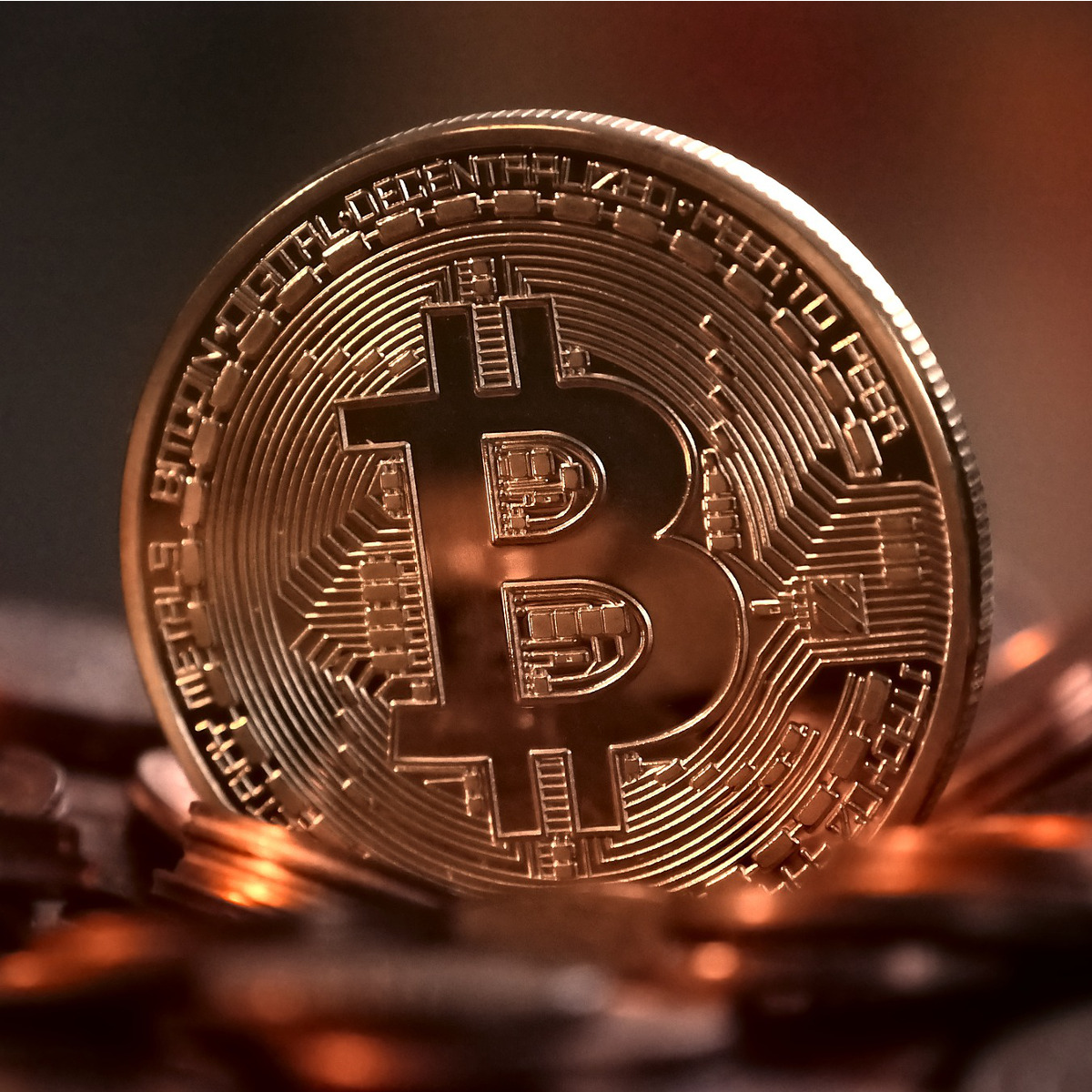Is blockchain the ultimate technology of trust?
This article is part of our series on trust, published on the occasion of the release of the Fondation Mines-Télécom booklet: “The new balances of trust: between algorithms and social contract.”
[divider style=”normal” top=”20″ bottom=”20″]
Due to its decentralized nature, blockchain technology is fueling hopes of developing a robust trust system between economic stakeholders. But although it offers unique advantages, it is not perfect. As with any technology, the human factor must be considered. That factor alone warrants caution in considering the hype surrounding the blockchain, and vigilance regarding the arbitrations taking place between policymakers.
“The blockchain is a tool of government distrust.” According to Patrick Waelbroeck, an economist with Télécom ParisTech, it is no coincidence that this technology was first introduced in 2008. In the context of the global financial crisis, the release of the first bitcoin blockchain testified to citizens’ loss of trust in a state monetary management system. It must be said that the past decade has been particularly hard for centralized financial organizations, in which transactions are controlled by institutions. In Greece, residents had daily ATM withdrawal limits of a few dozen euros. In India, bartering is now preferred over unstable currency.
In light of these risks, the blockchain solution is viewed as a more trustworthy alternative. Based on a decentralized framework, it theoretically offers greater security and transparency (read our article What is a Blockchain?). Furthermore, blockchains generating cryptocurrency offer parallel solutions for financial transactions. “Friedman and Hayek, both winners of the Nobel Prize in Economics, were supportive of alternative currencies such as this, because they offered the only means of preventing governments from financing their debts via inflation,” Patrick Waelbroeck points out. In the event of inflation, i.e. a drop in the value of the state currency, citizens would turn to alternative forms of currency.
In addition to this safe-guard aspect, blockchain technology, by its very nature, prevents falsifications and theft. It therefore naturally appears to be a solution for restoring trust among economic stakeholders, and resolving one of the major problems currently facing the markets: information asymmetry. “We are living in the age of the ‘black box’ society, in which information is difficult to access,” Patrick Waelbroeck observes. “Visibility has been lost regarding market realities. We have an example of this in the digital economy: users do not know what is done with their personal data.” An inquiry led by the Personal Data Values and Policy Chair in cooperation with Médiamétrie shows an increase in distrust among internet users. “The risk is that consumers could withdraw from these markets, resulting in their disappearance,” the economist explains.
And as the icing on the cake, the most commonly used public blockchains, such as Ethereum and Bitcoin, have what economists refer to as a positive network externality. This means that the more users a blockchain has, the more robust it is. Scaling up therefore provides greater security, and the users’ increased trust in the technology.
Humans behind the blockchain
The hopes for the blockchain are therefore great, and rightly so. Yet they must not cause us to forget that, as with any form of technology, it is developed and overseen by humans. This is a key point in understanding the technology’s limits, and a reason for vigilance that must kept in mind. Private blockchains have the advantage of allowing several tens of thousands of transactions to take place per second, because they are not as strict in verifying each transaction as the large public blockchains, like Bitcoin, are. But they are managed by consortiums that define the rules, often in small groups. “These groups can, overnight, decide to change the rules,” Patrick Waelbroeck warns. “Therefore, the question is whether people can make a credible commitment to the rules of governance.”
Public blockchains, too, are not without their faults, inherent in the human character of their users. Ethereum is becoming increasingly successful due to its “smart-contracts” that it allows to be anchored into its blockchain by having them certified by the network of users. Recently, an instance of smart-contract abuse was reported, in which a hacker utilized mistakes in a contract to receive the equivalent of several tens of thousands of euros. The architecture of blockchain is not at issue: a human mistake made when the contract was drafted is clearly what allowed this malicious use to occur.
The Ethereum users see smart-contracts as an option for standardizing the uses of this blockchain, by including ethical constraints, for example. “The idea being that if a smart-contract is used for illegal activity, the payment could be blocked,” Patrick Waelbroeck summarizes. But this perspective gives rise to many questions. First of all, how can ethics be translated into an algorithm? How can it be defined and must it be “frozen” in code? Given the fact that we do not all have the same visions of society, how can we reach a consensus? Even the very method for defining ethical rules appears to spark a debate. Not to mention that defining ethical rules implies making the technology accessible to some people and not others. From an ethical standpoint, is it possible to grant or prevent access to this technology based on the values the user upholds?
Trust and punishment
The operation of large public blockchains, though it may look simple, is built on complex human factors. “Little by little, communities are realizing that despite decentralization, they need trusted human third parties, called ‘oracles,’” the researcher explains. The oracles represent an additional type of actor in the blockchain organization, which increases the structure’s complexity. Their role is not the only one that has been born out of necessity. The difficulty beginners face in accessing this technology has led to the creation of intermediaries. “Teller” roles have emerged, for example, to facilitate the access of novices and their resources to the various registers.
The emergence of these new roles shows just how imponderable the human factor is in the development of blockchains, regardless of their size or how robust they are. Yet the more roles there are, the more fragile the trust in the system becomes. “For technology to be just and fair, everyone involved must play the part they are supposed to play,” Patrick Waelbroeck points out. “In a centralized system, the manager ensures that things are going well. But in a decentralized technological system, the technology itself must guarantee these aspects, and include a punitive aspect if the tasks are not carried out correctly.”
From a legal standpoint, private blockchains can be regulated, because the responsible parties are identifiable. A punitive system ensuring users are not taken advantage of is therefore possible. On the other hand, the problem is very different for public blockchains. “Due to their international nature, it is unclear who is responsible for these block chains,” the economist points out. And without any established responsibility, what kind of assurances can users have regarding the strategic decisions made by the foundations in charge of the blockchains? Far different from the myths and candid hopes, the issue of trust is far from resolved regarding the blockchain. One thing is sure, in the future, this question will give rise to many debates at various levels of government in an attempt to better supervise this technology.





Leave a Reply
Want to join the discussion?Feel free to contribute!